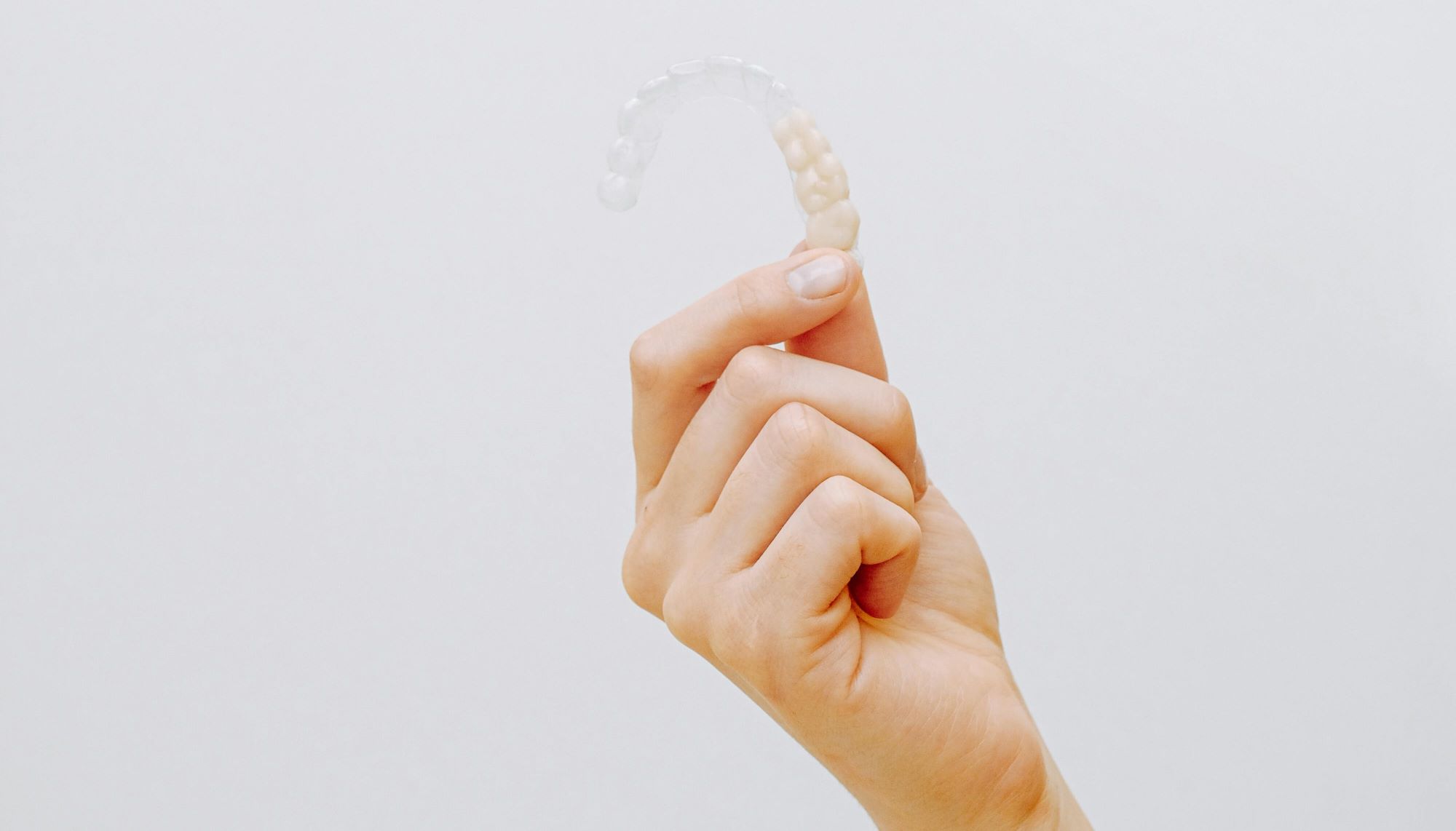
15 Aug Clear Aligners Versus Braces: Which Are For You?
Introduction
Orthodontic treatments are incredible options for people who need corrective treatment. The amount of people who could benefit from orthodontics is anywhere between 25 and 40% within the US and Europe. The fact that orthodontics are now cheaper than ever is beginning to transform the market. However, with those advancements come different options. Many recipients of corrective treatment end up asking themselves a simple question: how do I know whether to choose braces or clear aligners?
Every person’s bite is unique. Because of that, it’s important to consult a dental professional about your individual needs, to make sure you get the proper treatment. Despite this, when the option poses itself, there are a number of differences to consider! In this post, we’ll be going over the differences between clear aligners and braces, and comparing the two. From cost to effect and convenience, the goal is to help you as a reader become more knowledgeable about the different kinds of treatments. Beyond that, the goal is to also help clarify the differences between them. Before we get to comparing the two though, let’s talk about how each works.
How Do The Treatments Work?
Clear Aligners
Clear aligners are… exactly what they sound like. Typically made of high-grade plastic polymers, these aligners either slide over your teeth or clip to small attachments. When undergoing this treatment, a patient would have their teeth scanned, and then the orthodontist would have the trays 3D printed. From there, a patient would switch out their aligners over the length of their treatment, often weekly or bi-weekly. This process repeats until the teeth are in proper alignment.
Braces
Braces are metal or ceramic attachments glued to your teeth. Fixed onto the front or in the back, brackets hold a tight wire over your teeth. From there, the wire exerts constant pressure on the teeth and is adjusted over time, until the teeth move to the desired position. Unlike aligners, they aren’t removable and stay attached until the end of treatment.
Comfort
Now that we understand what they are and how they work, there are a few different things to consider. First off is the comfort level that the different treatments offer. An upside to the clear aligners is the fact that they’re smoother. A risk that runs with braces is the abrasiveness of the metal brackets. This can potentially cause sores. Since aligners slide over your teeth, they usually don’t come with these same issues, although discomfort can still occur. Another benefit of the clear aligners is just that; they’re nearly invisible. Braces are typically more noticeable unless opting for lingual braces, which function behind the teeth. Ceramic braces offer less visible options as well.
Effectiveness
While comfort and visibility and both important, the most critical aspect of these treatments is, of course, how well the treatments work. The good news is that they both work well, but it depends on the severity of the issue. For some, the misalignment isn’t serious, and the teeth have less to move. In cases such as these, clear aligners can be more feasible, since they are less intensive and often preferred by a patient.
However, in situations where the teeth need to be drastically moved, or other attachments are needed, braces would probably be the option recommended. One of the benefits of braces is the customizability of the treatment. Bands can be used to align the jaw, and other attachments can be used in tandem to widen the palate. Essentially, while aligners work well for mild to moderate issues, Braces are effective for all types of orthodontic issues, including complex cases. They can also be preferable over long treatment times, since they don’t require trays to be changed out on the regular.
Convenience
Eating Differences
The effectiveness of the treatment is the most important aspect, but convenience is a huge factor in the life of someone with one of these treatments. One of the biggest draws toward clear aligners is their convenience; they’re removable! This means they’re significantly easier when it comes to eating and cleaning. For those with braces, there’s often more restriction when it comes to things to eat. Popcorn, hard candy, nuts, and potato chips are all examples of foods that may pose difficulty for someone with braces.
Maintenance and Hygiene
Another thing to consider is the maintenance of both attachments. For aligners, the trays should be cleaned regularly, and of course, normal oral hygiene still applies. Braces pose more difficulty, with brushing and flossing around wires and brackets. Because of this, people with braces can have a higher risk of plaque buildup.
Cost
Cost is one of the biggest things on a potential recipient’s mind. While these treatments have gotten more affordable, consideration is still needed. When it comes to cost, one of the biggest factors is the severity of the misalignment. Of course, the longer and more intense the treatment, the greater the cost. Generally, braces can be less expensive than aligners, although it depends on the type.
Visits to Orthodontist
Finally, for those, who dread visiting the orthodontist, aligners require fewer trips and fewer in-person adjustments. As mentioned previously, braces require frequent adjusting, and this typically consists of the orthodontist replacing the wire in them. As such, regular visits are required, although they typically come with the purchase of the treatment.
Who Should Choose Clear Aligners?
There are some things to keep in mind when it comes to choosing, whether you’re an adult, or a parent deciding on a treatment for your child. The ideal candidates for clear aligners are adults and teens with mild to moderate issues. If you wish to have less visible attachments, then clear aligners might be for you. However, since they are detachable, and need to be changed out, they typically aren’t recommended for children.
They need to be worn for the treatment to work, so if you’re prone to losing things, they may not be the option for you! On the other hand, braces are more hands-off and allow for less daily consideration. On top of this, they’re the go-to treatment for more complex issues, since they can be more intensive. They’re a great option for patients of all levels of severity.
Pros and Cons Summary
While both treatments are great options for different cases, it depends on the severity, and concerns, of the patient. For more severe cases, braces are typically the best option. When it comes to discreetness, ceramic braces or clear aligners come out on top. When it comes to corrective treatment, every case is unique. As such, make sure to consult with your orthodontist to make an informed decision for clear aligners versus braces and determine which option is best for you!
Chattanooga Family Dental now offers clear aligner solutions that fit your needs. We give you the advice and instruction you need to allow your clear aligners to best serve you. Schedule an appointment with us today, we are accepting new patients!

About Our Team
Our team of dental experts has well over 30 years of combined experience in the field of dentistry. To learn more about them, please visit our team page or stop by the clinic and say hello!
